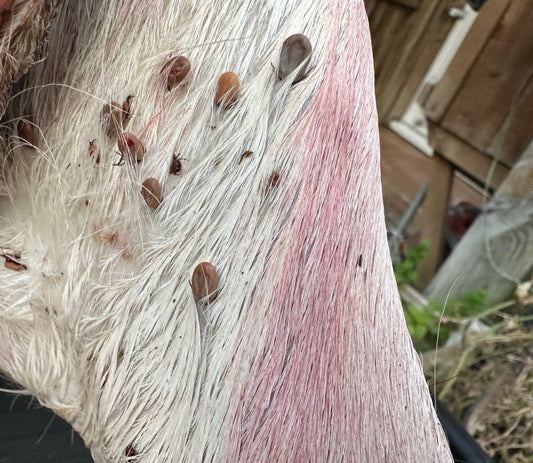The United Kingdom hosts a substantial population of deer. However, the rising deer population has been a cause of concern, particularly due to the ecological impacts and the conflicts with humans that ensue. One of the critical aspects of deer management that needs urgent attention is the under-culling of female deer populations.
The Rising Deer Population
The most recent statistics depict a continuing growth in deer populations across the UK. The exact numbers as of 2023 are yet to be collated, but the trend has been upward for years. The significant presence of deer, both in rural and peri-urban areas, has led to increased human-wildlife conflicts and ecological imbalances. The impact on agriculture, forestry, and other land uses is notable and often comes with economic costs.
[ There is an estimated population of between 650,000 and 2 million deer in the UK (The Mammal Society, DEFRA) comprising 6 different species: red, roe, fallow, sika, muntjac and Chinese water deer. ]
The Under-Culling Conundrum
The under-culling of female deer is a significant factor contributing to the rapidly expanding deer population. Each doe has the potential to give birth annually, significantly contributing to population growth if left unmanaged. The logical solution would be to increase the culling of female deer. However, this is where several factors come into play that hinders the practical implementation of such a strategy.
The cost of venison, for instance, plays a crucial role. The market price of venison can often be lower than other types of meat, which may dissuade deer managers and outfitters from actively pursuing the culling of female deer, especially if venison sales are a part of their business income. The economic aspect of deer management cannot be overlooked as it directly impacts the willingness and ability of managers to conduct necessary culling operations.
Moreover, the inadequate deer management practices in some areas further exacerbate the problem. Poor management practices not only hamper effective population control but also undermine the acceptance and support for deer culling initiatives among the local communities and stakeholders.
A Multifaceted Approach
Addressing the under-culling of female deer populations necessitates a multifaceted approach. Enhancing the market value of venison, improving deer management practices, and educating the stakeholders about the ecological and economic benefits of effective deer management are crucial steps towards resolving this dilemma.
Moreover, synchronising active culling, strategic fencing, and tree tubing can create a well-rounded deer management strategy. These measures, when implemented coherently, can significantly mitigate the challenges posed by the burgeoning deer population.
Conclusion
The under-culling of female deer populations in the UK is a complex issue with ecological, economic, and social dimensions. A comprehensive and well-informed approach, coupled with the active engagement of all stakeholders, can pave the way towards a sustainable and effective deer management strategy in the UK. The time to act is now, to ensure the delicate balance between nature and human needs is maintained for the generations to come.




